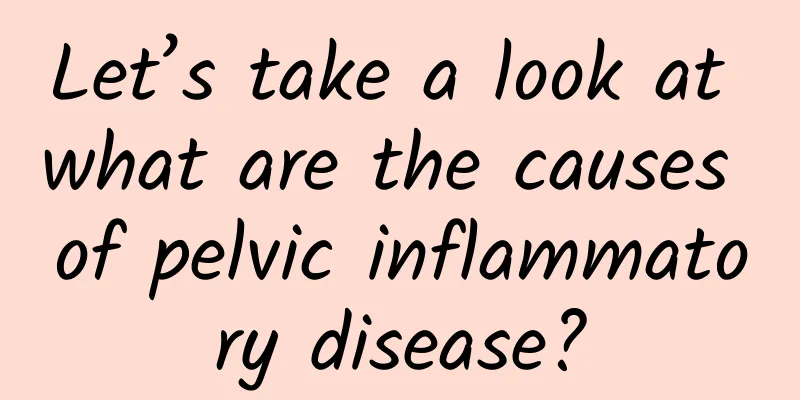Snoring, sleepiness, sleep apnea ~ weight loss, side sleeping improvement

|
Obesity is the root of all diseases. For middle-aged men, they should be more careful about the risk of death from sleep apnea caused by obesity. Doctors point out that sleep apnea has three major characteristics: snoring, daytime sleepiness, and headaches upon waking up. Weight loss is one of the effective ways to improve sleep disorders, and early detection and treatment are the best way. Thoracic medicine specialist Zhuang Qiyuan pointed out that patients with obstructive sleep apnea syndrome (OSA) should be careful about developing angina pectoris, myocardial infarction or stroke due to lack of oxygen during sleep. In severe cases, sudden death during sleep is more likely to occur, so caution is required. Sleep apnea is a sleep disorder that is more common in the middle-aged population According to a study by the Taiwan Sleep Medicine Association, about 20% of the country's population, or about 4.6 million people, suffer from insomnia, snoring, and sleep breathing disorders. The most common age group is the middle-aged group between 40 and 60 years old. Among snorers, 50% often have sleep apnea. It is estimated that 10% of the population in Taiwan, or about 2.3 million people, may suffer from sleep apnea. The study also found that obesity is a major risk factor for sleep apnea, especially patients with upper body obesity are at high risk. Clinical studies show that the incidence of sleep apnea increases by about 2 times for every 10 kg increase in body weight. The incidence in men is about 2 to 8 times that in women, but many people still ignore the risk of the disease. The risk of death from sleep apnea is three times that of normal people. It is often accompanied by snoring, daytime sleepiness, and headache upon waking up. Severely obese people with moderate to severe sleep apnea may experience breathing difficulties Clinically, the incidence of moderate to severe sleep apnea in people with severe obesity (body mass index BMI>35) and morbid obesity (BMI>40) has been increasing recently, and active treatment is required. Doctor Zhuang Qiyuan pointed out that obesity causes narrowing of the airway, and the muscles that maintain the airway open lack tension and are easily collapsed, resulting in difficulty breathing during sleep or even temporary cessation of breathing. Patients are often awakened by lack of oxygen. Some obese people may also have high levels of carbon dioxide in their blood, causing daytime sleepiness, difficulty breathing and lack of concentration whether they are sitting or exercising, leading to learning difficulties. They also often fall asleep while driving, resulting in traffic accidents. According to statistics, patients with severe sleep apnea are 10 times more likely to get into traffic accidents than ordinary people, and severe cases may even result in death. Sleep apnea and repeated hypoxia increase risk of death It should be noted that the risk of death from sleep apnea is three times that of normal people. Repeated hypoxia increases the burden on the cardiovascular circulatory system of patients, making them prone to complications such as hypertension and diabetes. It also increases the risk of fatal cardiovascular diseases, among which myocardial infarction, arrhythmia or heart failure are the most serious. If the patient is more obese, has symptoms such as snoring, daytime sleepiness, and headache when waking up, you should suspect that the patient has obstructive sleep apnea. To confirm whether you have sleep apnea and its severity, you can undergo a multi-sleep physiological examination to detect the number of sleep apneas per hour (AHI). According to the standards of the American Academy of Sleep Medicine, AHI < 5 times is normal, 5 to 14 times is mild sleep apnea, 15 to 29 times is moderate, and more than 30 times is severe. If the patient is in moderate or severe condition, the mortality rate is statistically high and active treatment should be given. Remember not to drink alcoholic beverages 4 hours before going to bed, which can reduce the risk of death from respiratory apnea. Weight loss improves sleep apnea and slows breathing when sleeping on your side Dr. Zhuang Qiyuan emphasized that for overweight people, weight loss is the only non-invasive treatment method that has been proven to effectively eradicate sleep apnea, and is also the first requirement for treating sleep apnea. In addition, some patients are more likely to suffer from sleep apnea when sleeping on their backs, while the frequency of symptoms decreases when sleeping on their sides, so it is recommended to consider sleeping on your side. For people with nasal congestion symptoms, it is recommended to use drugs to relieve nasal congestion at the same time, which can reduce the severity of sleep apnea and increase the comfort and effectiveness of using continuous positive airway pressure devices. In addition, you can also use breathing relaxation methods, emphasizing slow breathing, the slower the better, which can slow down the heartbeat, reduce the excitement of the sympathetic nerves, and help people fall asleep smoothly. Remember not to drink alcoholic beverages 4 hours before going to bed, avoid using sedatives before going to bed, and quit smoking, which is also one of the ways to improve the disease. |
Recommend
To starve cancer cells to death, you can’t eat too much nutritious food? Experts: These situations will cause your body to collapse
Many people regard having cancer as a death sente...
Treatment of vulvar white spots: three major misunderstandings
Vulvar leukoplakia, also known as leukoplakia vul...
What are the precautions for ovarian cysts
As a woman, are you troubled by these situations:...
Ladies, please pay attention to menstrual hygiene during your menstrual period!
Every woman wants to have a healthy body, but the...
Can I eat brown sugar if I have adenomyosis?
Brown sugar has a certain warming and nourishing ...
How to diagnose adenomyosis
How to diagnose adenomyosis? 1. Ultrasound examin...
Blood supplement = iron supplement! The iron content of golden needle flower is higher than that of spinach
"Iron supplementation" is a necessary t...
Analysis of common clinical vaginitis symptoms
In our lives, it is extremely important to clearl...
Criteria for grading cervical erosion based on symptoms
By analyzing the symptoms of cervical erosion, th...
【Video version】Magnesium deficiency causes fatigue and obesity! 4 foods to quickly supplement magnesium! Whole grains and nuts help you regain your magnesium intake
Magnesium is an important mineral needed by the h...
Three main treatments for cervical erosion
Cervical erosion is a common gynecological diseas...
What are the main symptoms of uterine fibroids?
Early detection of symptoms of uterine fibroids i...
When should a woman terminate her pregnancy?
If the mother is not ready to welcome the baby, s...
5 kinds of happy foods to help you avoid "blue thin" and "mushrooms"
Whether you are stressed out at work and feel dep...
Bread contains gluten, will eating too much make you fat? Experts explain three major questions
The fluffy and soft bread, when you take a bite, ...









